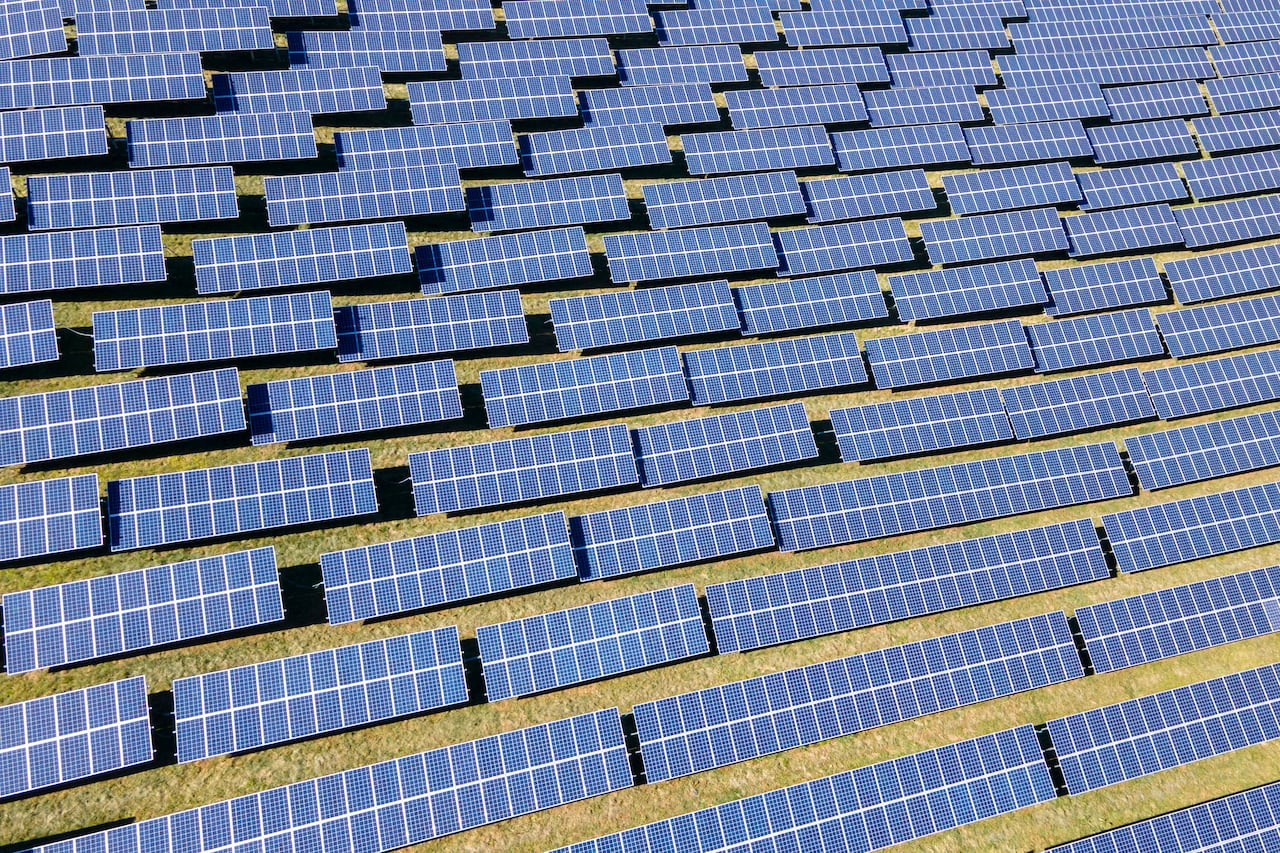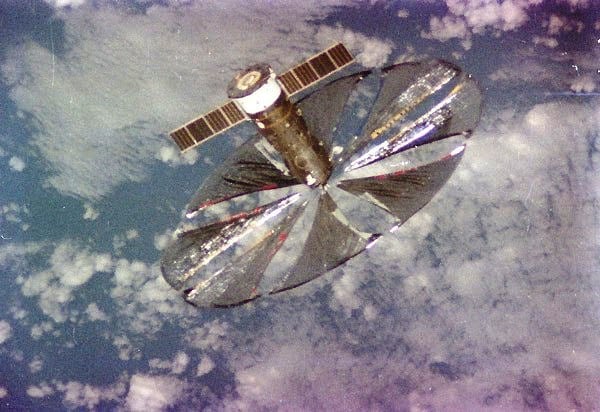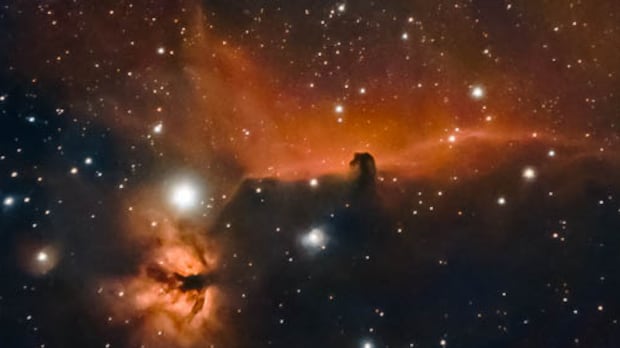Think about: you labored an extended shift, turned off the lights and settled into mattress, when immediately the sky outdoors your window lights up as if it had been daytime.
That is what might occur if a North American firm obtained its manner.
Reflect Orbital is trying to ship large mirrors into area to “sell sunlight after dark.”
It is a plan that inflicting alarm amongst astronomers who’re already involved concerning the lack of the evening sky on account of satellite tv for pc constellations – a whole lot to 1000’s of satellites owned by one firm, most frequently offering Web companies – and common mild air pollution.
However the California startup says its plan might assist remedy power issues, in addition to present lighting for conditions like catastrophe rescue plans and extra.
Astronomers aren’t shopping for it.
Aaron Boley, an astronomer and affiliate professor on the College of British Columbia, stated there are “fundamental misunderstandings or intentional misrepresentations” on the corporate’s web site.
“They had been speaking about lowering mild air pollution by getting this large mild from area. And it actually looks like they’re attempting to counsel that as a result of it is pure daylight, It’s not like pollution.”

The corporate – which submitted a request with the US Federal Communications Fee to launch its first satellite tv for pc, EARENDIL-1 — proposes utilizing the satellites to beam mirrored daylight onto particular areas, comparable to photo voltaic farms, after sundown.
Replicate Orbital has proposed a couple of totally different sizes of satellites, starting from 10 x 10 meters, 18 x 18 meters and as much as 54 x 54 meters.
However even at most measurement, some consultants say that to offer sufficient daylight for a photo voltaic farm, 1000’s of satellites can be wanted.
“If you happen to had been to make the noon solar, for instance, you would wish a mirror that – seen from the bottom – seems to be the identical measurement because the solar itself within the sky,” stated Michael Brown, affiliate professor of astronomy at Monash College in Melbourne, Australia.
“That is many kilometers in diameter when it is in orbit. Now, no person’s going to launch a mirror that is many kilometers in diameter, so what they do is launch a bunch of smaller mirrors. And Replicate Orbital is speaking about 54 sq. meter mirrors. And to provide simply 20% of the noon solar, it seems to be such as you want about 3,000, presumably extra of those mirrors.”
Replicate Orbital didn’t reply to requests for remark for this story.
It is not a brand new idea
The concept of an area mirror isn’t new, having been first proposed in Twenties. On February 4, 1993, Russia applied Znamya 2an area mirror 25 meters in diameter thatIt ended up producing a five-kilometer vibrant spot. A couple of days later it burned down in Canada.

The USA and the European Space Agency They’ve additionally made such proposals, though none have to date come to fruition. Some say it is as a result of it isn’t viable.
So why is it nonetheless so engaging?
“With the proliferation of objects in orbit, there’s a mentality that if you are able to do one thing from area, it is best to do one thing from area,” Boley stated. “And I feel that’s driving a few of that concept.”
He defined that for the mirrors to work, the satellites must be in polar orbit – which is sort of a ring that strikes from the south pole to the north pole. This might take the satellites straight over Canada.
“There’s this different query of how mild shines whenever you simply don’t need it there…in order we’ve this sun-synchronous challenge, we’ll have these satellites sweeping throughout Canada like twilight sweeps throughout Canada,” he stated. “And so Canada needs to be very vocal about this.”
Penalties
Replicate Orbital estimated that the sunshine produced by its mirrors would lengthen a number of kilometers in diameter.
There are considerations about how this might affect not solely individuals who don’t need the sunshine, but in addition wildlife.
The Fundy-St. The Martins space has uncommon darkness, making it a chief location for celestial observing.
John Barentine, founding father of Darkish Sky Consulting, stated there may be a lot that’s unknown concerning the technical particulars of Replicate Orbital. Nevertheless, he added, data launched by the corporate suggests this may have unintended penalties.
“These objects will seem as very vibrant stars within the sky, shifting slowly, when seen from probably a whole lot of miles or kilometers away from the situation on the bottom the place the sunshine seems,” he stated.
“It is occurring at a time when the world is darkish. The expectation of [animal] biology is that situations will likely be bleak round you. I fear a bit that if you’re, say, a migratory chicken – which we now know navigates the celebs on some degree – this might be very disorienting.”
Then there are implications for observatories, each skilled and novice.
“Replicate Orbital says we’re positively not going to light up their observatories, but when I’ve vibrant objects that appear like stars shifting throughout the sky removed from the place the beam hits the bottom, if it is wherever close to an observatory, that is nonetheless an issue,” Barentine stated.
Monash College’s Brown can also be involved about unintentional radio interference from satellites. It was just lately found that SpaceX’s Starlink satellites are creating noise at radio observatories.
However there are extra issues that misery him.
“I am additionally extra involved, oddly sufficient I might say from an nearly aesthetic viewpoint. That I just like the sky to be a form of shared wilderness,” he stated.
“If you happen to go someplace the place it is good and darkish and also you lookup on the evening sky and you’ve got these fixed reminders of know-how, I feel that is a loss.”


Leave a Reply